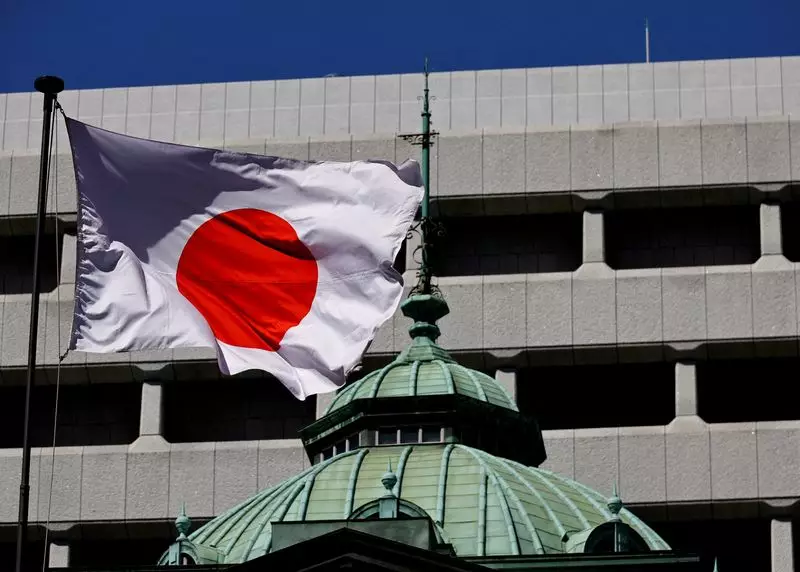The recent dovish shift by the U.S. Federal Reserve is likely to have implications for the Bank of Japan’s efforts to manage a weak yen. The Fed Chair, Jerome Powell, signaled a forthcoming rate cut due to rising risks in the job market, causing market participants to anticipate easing measures. Conversely, BOJ Governor Kazuo Ueda reiterated the bank’s commitment to raising rates if inflation remains on track to reach its 2% target. This divergence in policy paths between the two central banks has led to market volatility, with the yen strengthening against the dollar.
The yen’s appreciation following Ueda’s comments indicates a market preference for a narrowing U.S.-Japan interest rate gap. However, the BOJ’s rate hike trajectory remains uncertain as it deviates from the global trend of rate cuts. The central bank’s cautious approach stems from the backlash it faced after the July rate hike, emphasizing the need for vigilant monitoring of market developments.
Political Pressures and Economic Uncertainty
In addition to external factors, domestic political considerations add complexity to the BOJ’s rate hike path. Prime Minister Fumio Kishida’s impending resignation and the subsequent leadership transition could influence the central bank’s decision-making process. While potential successors have voiced support for moderate rate hikes, volatile markets may prompt a reassessment of borrowing costs to support corporate profits.
Former BOJ board member Makoto Sakurai highlights the challenges posed by the current political and economic landscape, suggesting that bold policy moves are unlikely in the near term. The uncertainty surrounding the timing of the next rate hike reflects the fragile nature of Japan’s economy and the need for stability in both domestic and international markets.
Risks and Opportunities for the BOJ
Despite market turbulence and political transitions, the BOJ remains committed to its inflation-driven rate hike strategy. Ueda’s recent comments underscore the central bank’s long-term vision of gradual rate increases, prioritizing economic indicators over short-term market fluctuations. While some analysts express caution about Japan’s economic strength, citing weak domestic demand and external pressures, others believe that the BOJ’s optimistic inflation outlook may pave the way for another rate hike by the end of the year.
Jeffrey Young, CEO of DeepMacro, emphasizes the importance of monitoring inflation and growth indicators in assessing the likelihood of future rate hikes by the BOJ. He suggests that sustained economic progress could override market concerns and provide a basis for further tightening measures. However, the balance between economic resilience and market stability remains a critical challenge for the central bank.
The Bank of Japan faces a complex set of challenges as it navigates through diverging central bank policies, domestic political transitions, and economic uncertainties. The recent market reactions to the Fed’s dovish shift underscore the interconnectedness of global monetary policies and their impact on currency movements. While the BOJ maintains its commitment to gradual rate hikes, the path ahead is fraught with risks and opportunities that require careful navigation and strategic decision-making. As the economic landscape evolves, the central bank must strike a balance between its inflation targets, market stability, and political considerations to ensure sustainable growth and financial stability in Japan.

